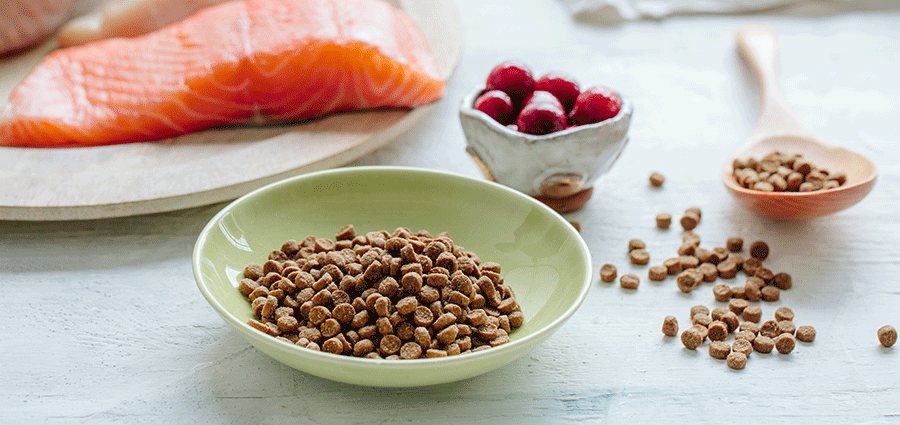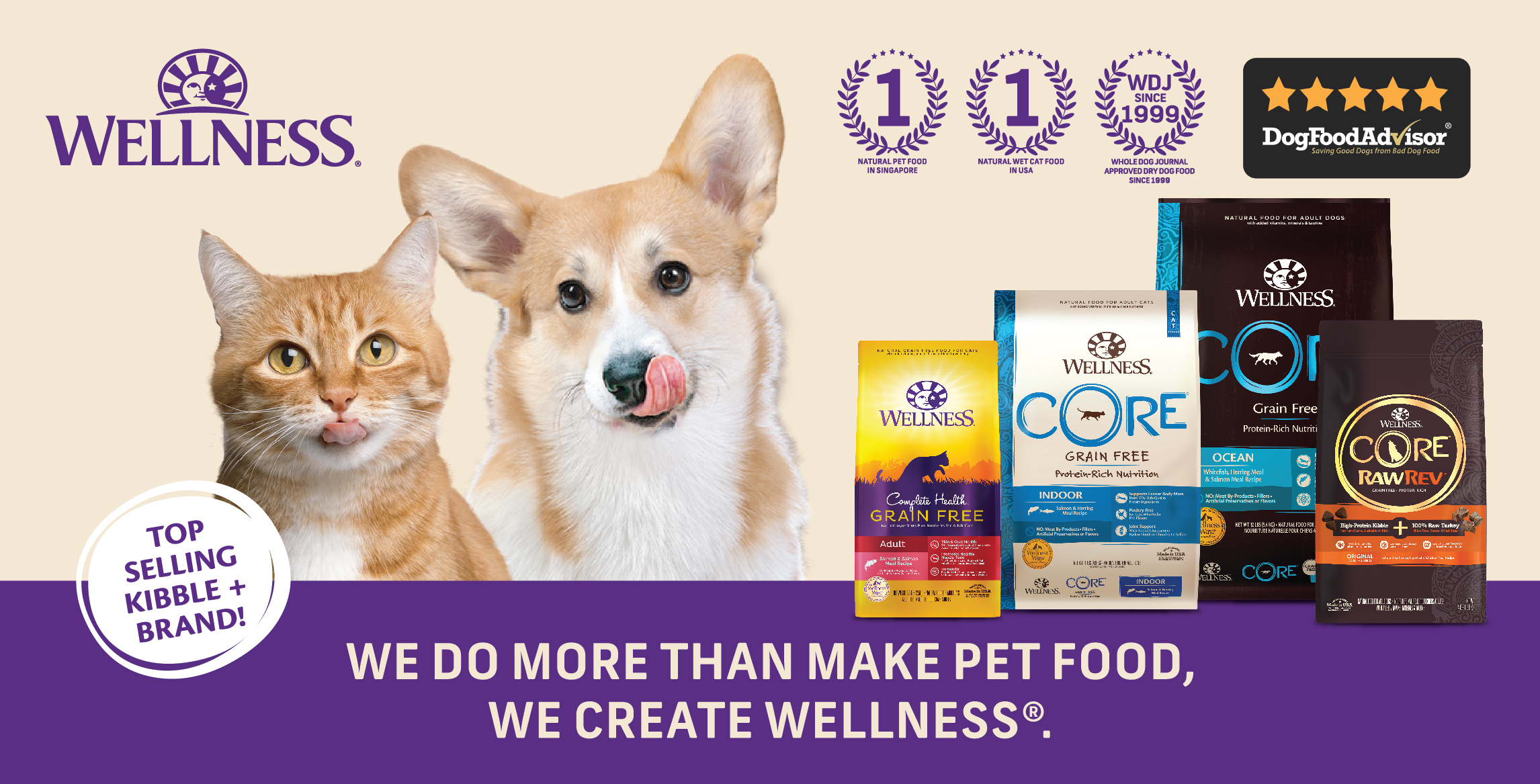Top 5 Healthy Cat Food Ingredients [Checklist]

You are what you eat – and the same goes for your cat! Here’s what you need to look for in your cat’s dry food.
When you start your search for a quality dry cat food, you need to first do your research. After all, a quality dry cat food is only as good as its ingredients. Before you start shopping, you should know how important the ingredients are – and that’s why we’re going to talk about the top five healthy cat food ingredients you need to see on the label.
✔ Protein as the First Ingredient
Cats are obligate carnivores, and as such, a quality dry cat food needs to list a protein as its first ingredient – no exceptions! Not only that, but the protein needs to be named – it shouldn’t just list “meat.” Look for chicken, turkey, lamb, or salmon. When you look at any of Wellness’ cat food recipes, you’ll notice that a high-quality protein is listed right at the top of the ingredient list.
✔ Omega 3s and 6s
Essential in supporting your cat’s immune system and other important biological functions, Omega 3 and 6 fatty acids can be found in fish oil, eggs, and flaxseed. A quality dry cat food includes Omega 3 and 6 fatty acids, which will also help give your cat smooth skin and a gorgeous coat.
✔ Vitamins and Minerals
A robust list of vitamins and minerals should be a part of a quality dry cat food. Not only do they provide a complete and balanced diet, but they support a healthy immune system and promote a shiny, healthy coat. On the list of ingredients, look for water-soluble vitamins B12 and C, plus minerals such as calcium, iron and zinc.
✔ Healthy Fats
On top of Omega 3 and 6, other healthy fats are essential in a quality dry cat food, especially when it comes to storing energy. Did you know that cats need 20 to 24 percent fat in their food? That means that both protein and fat need to be relatively high to ensure a healthy diet.
✔ Probiotics
You should also look for guaranteed levels of probiotics to support digestion. This is the “friendly bacteria” that reside in your cat’s digestive tract. Probiotics promote a healthy balance of bacteria in the gut, which is important for complete digestion and absorption of nutrients. As well, probiotics help keep your cat’s immune system strong, making them a must-have ingredient for cats with digestive disorders.
What a Cat Food “Shouldn’t” Have
Just as important as what’s in your cat’s food is what isn’t in it – ingredients that could make your kitty sick.
✗Chemicals and Preservatives
Chemical preservatives such as Butylated Hydroxytoluene (BHT) and Butylated Hydroxyanisole (BHA) are used to preserve dry cat food, but they’re are being looked at as the cause of certain cancers.
✗ Food Dyes
Food dyes are often added to foods to make them more appealing to humans – but offer no benefits to cats. Certain food dyes, such as Blue 2, Red 40, and Yellow 5 and 6, have been proven to cause allergic-type reactions and behavior problems. You may have heard about caramel color, which contains 4-methylimidazole (4-MIE), an animal carcinogen.
✗ Carbohydrate Fillers
When a cat food includes fillers, they can make up about 50 percent of the bag. And carbs just aren’t good for cats, especially seniors and overweight cats. Manufacturers often use wheat gluten or corn meal as a filler, as it’s a less expensive alternative to meat protein and whole grain/grain-free sources.
✗ Rendered Fat
Who would think that rendered fat is a flavor enhancer – yuck! It’s true – rendered animal fat can be added to kibble, but can lead to a host of problems, as it can introduce microorganisms (Salmonella) and toxins.





